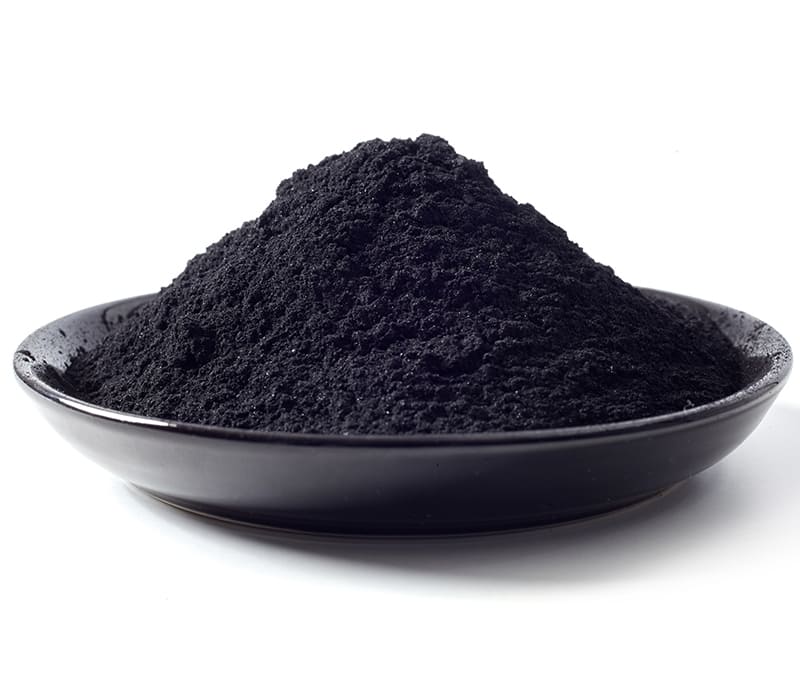Fluid loss control additives are also added to maintain a constant water/solid ratio in cement slurries downhole by controlling the rate of water loss to adjacent permeable zones and maintaining a suitable viscosity to prevent cement slurry loss. The filter loss may be static or dynamic, and if sufficient water is lost, the cement either produces non-strengthening filter cake-type deposits, or it may flash set. Typical fluid loss controllers are polyacrylamide, polyethyleneamines, carboxymethyl hydroxyethyl cellulose (CMHEC), and hydroxyethyl cellulose (HEC).
Fluid loss control additives are also used in well-cement compositions to reduce the fluid loss from the cement compositions to permeable formations or zones into or through which the cement compositions are pumped. In primary cementing, the loss of fluid, that is, water, to permeable subterranean formations or zones can result in premature gelation of the cement composition whereby bridging of the annular space between the permeable formation or zone and the pipe string being cemented therein prevents the cement composition from being placed over the entire length of the annulus. Centum scientists and engineers have been studying and researching the described issues, and to address such issues, we have developed the most effective cementing additive blend that offers ultimate performance during onshore and offshore drilling operations.






